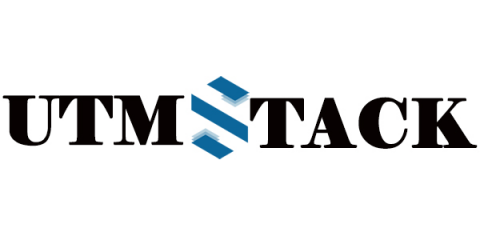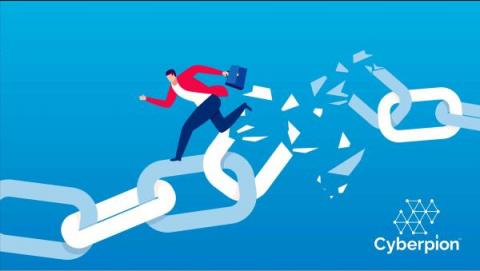Security | Threat Detection | Cyberattacks | DevSecOps | Compliance
Security
Automated Vulnerability Scan To Protect Your Business
A vulnerability scan is an automated process that identifies vulnerabilities (security holes) in any software, operating system, or network that bad actors can exploit. In essence, it’s an integral component of vulnerability management focused on protecting businesses from breaches and the exposure of sensitive data.
Digital Attack Surface - The Top 7 Vulnerabilities You Need to Know
In the past, the attack surface was defined and protected by the boundaries of the organization’s physical network (aka the LAN). Using physical security methods, firewalls, and careful monitoring, organizations kept their data, endpoints, and networks secure. The entire attack surface was internal, within a well-defined and fortified perimeter.
The Top 5 Security Breaches of 2021
Has your business experienced one of the Top 5 Security Breaches of 2021? Sadly, many have. As businesses become more reliant on technology, the risk of becoming a victim of a data breach only increases. Unfortunately, the United States exceeded the previous record of cyber attacks in a single year. In 2017, we saw a whopping 1,529 data breaches – compared to the 1,862 data breaches we saw last year.
How Blockchain Streamlines Traditional Bank Processes
Five worthy reads: Cybercrime and its impact on the economy
Five worthy reads is a regular column on five noteworthy items we’ve discovered while researching trending and timeless topics. In this edition, we’ll learn about how a country and global economy is impacted when a cybercrime happens, how every citizen is victimized, and what governments are doing to mitigate this rising issue.
A Guide To Cuckoo Sandbox
Malware is a surefire knife that hackers and malicious cyber criminals use to attack organizations and corporations. Unfortunately, malware analysis in the current cybersecurity space is lengthy. It might take more than ten years to understand the size and complexity of recurring malware. Besides, detecting and eliminating malware artifacts in the current evolving period isn't enough. Security analysts also need to understand how the malware operates, the motivation, and the goals of the breach.
What are PCI Security Standards?
PCI DSS stands for Payment Card Industry Data Security Standard. This standard is set forth by the PCI Security Standards Council, an organization founded in 2006 by American Express, Discover, JCB International, Mastercard and Visa Inc. The PCI DSS sets security rules for any business that accepts their cards, with the goal of protecting customer credit and debit card data. Any business that accepts any non-cash payments needs to meet the PCI standards.
How to Test for PCI Compliance
PCI compliance is a complicated matter. There are a number of different steps to meet and validate your achievement of the PCI DSS standard. In this guide, we’ll break down the steps in PCI compliance testing, the different types of PCI compliance tests, and how much it costs to complete this process.
Network Segmentation: What Is It and How Does It Affect PCI Scope?
Network segmentation is a practice that can dramatically lower the time, effort and cost of a PCI DSS assessment. Not only is it an industry best practice for security cardholder data, but it’s also an effective way of controlling the annual commitment of meeting your PCI compliance requirements. Here’s how network segmentation works, as well as some key best practices for using network segmentation to reduce the scope of your PCI assessment.











